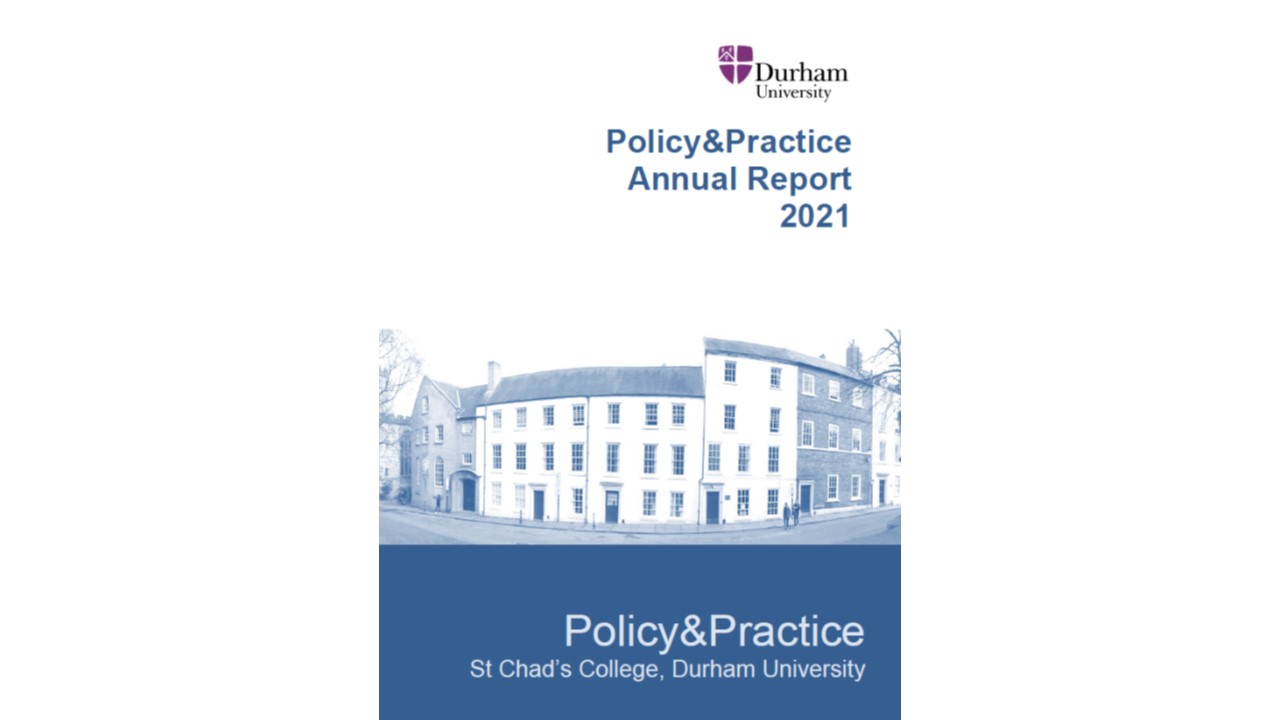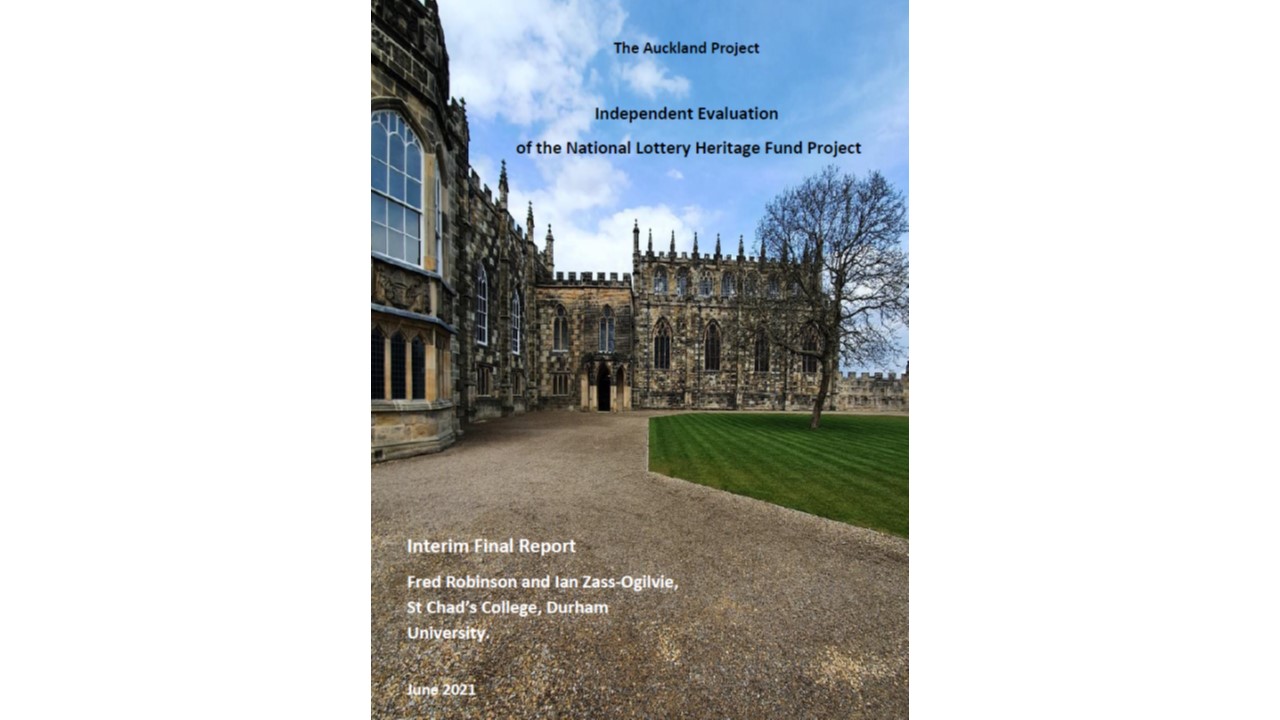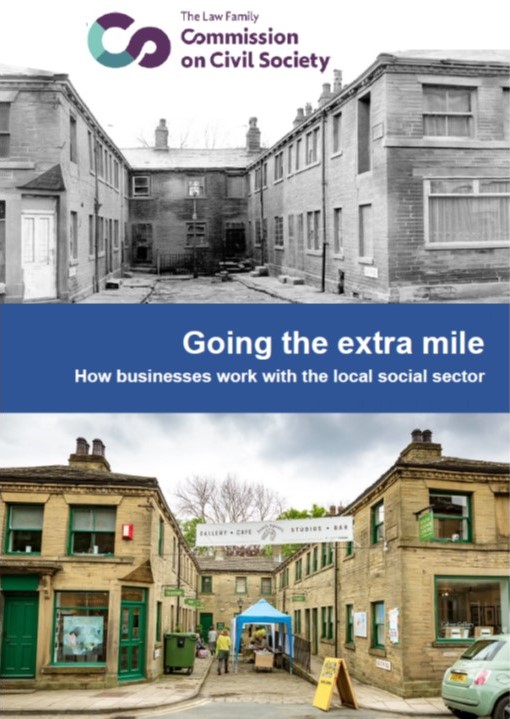Policy&Practice has published a new report on the structure and dynamics of the voluntary, community and social enterprise sector in Cornwall and Isles of Scilly. The research builds on work from the Third Sector Trends study and draws on data from a wide range of sources including the Charity Commission Register and the Office for National Statistics. The study was commissioned by Voluntary Sector Forum Cornwall and NHS Kernow Clinical Commissioning Group.

This report shows that Cornwall and Isles of Scilly has a large and productive VCSE sector. The sector is comprised of around 2,500 registered organisations and there may be as many as 3,250 additional small, local informal unregistered groups working under the radar of official statistics.
The VCSE sector in Cornwall and Isles of Scilly has an income of about £219 million. This is drawn from a wide range of sources such as contracts to deliver public services, grants, self-generated earned income, gifts and donations, investments and subscriptions.
Organisations within the VCSE sector employ large numbers of staff. There are estimated to be over 4,500 full-time and 5,000 part-time employees – this amounts to 6,000 full-time equivalent staff. The VCSE sector comprises about 4 per cent of all employment in Cornwall and Isles of Scilly
Volunteers play a vital role in sustaining the activities of the VCSE sector – and especially so in smaller VCSE organisations. Over 70 per cent of volunteer time is delivered in small VCSE organisations (with income below £50,000). The biggest organisations (with income between £1m – £25m) only account for about 4 per cent of volunteer time.
VCSE sector activity is estimated to produce a multiplier effect of £387 million of tangible economic, fiscal and use value and £250 million of additional intangible value. It is estimated that the VCSE sector produces a ratio of 3.6 to 1 added social and economic value relative to the energy injected.
The full report is available to download here
There is also a shorter report which can be downloaded here







